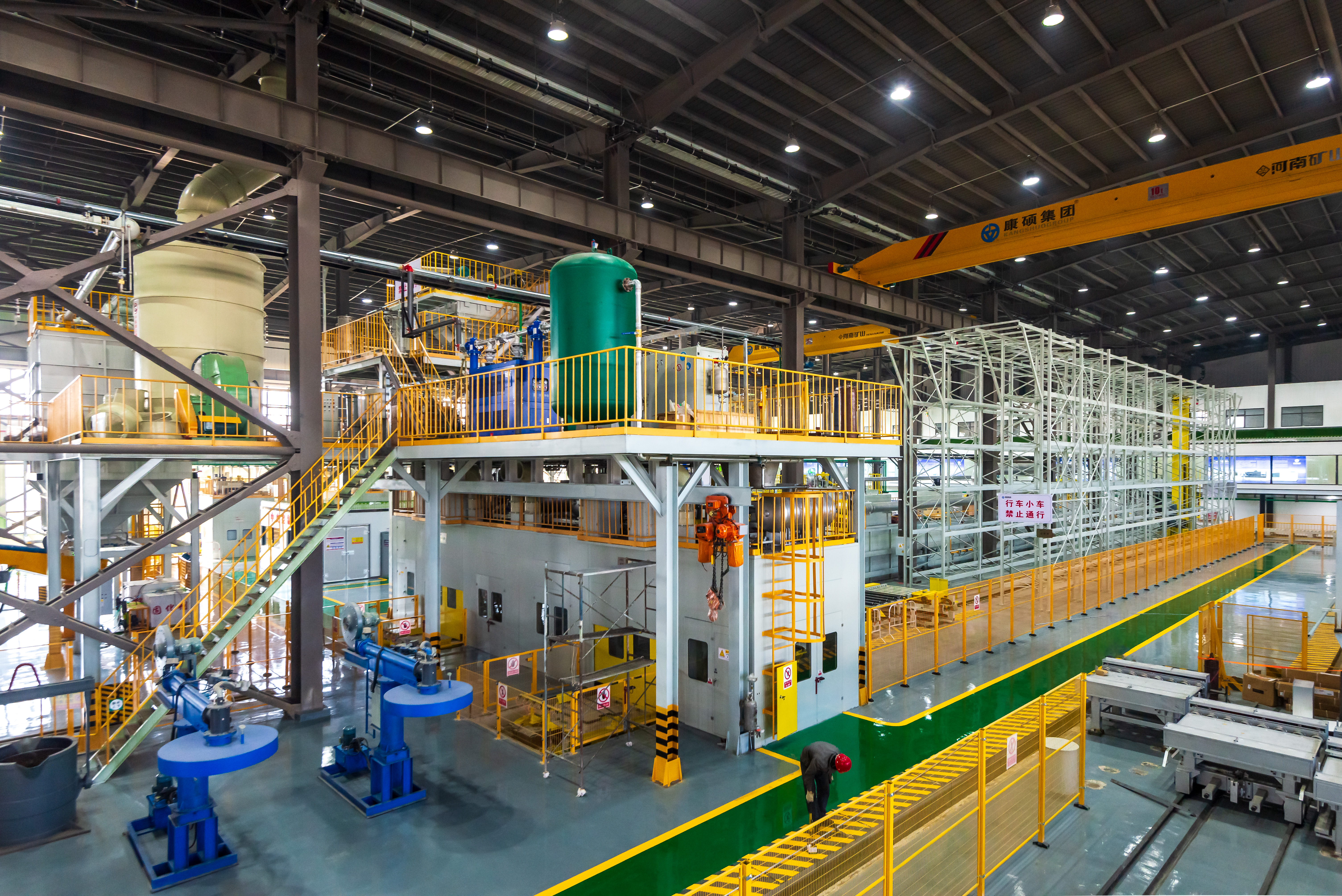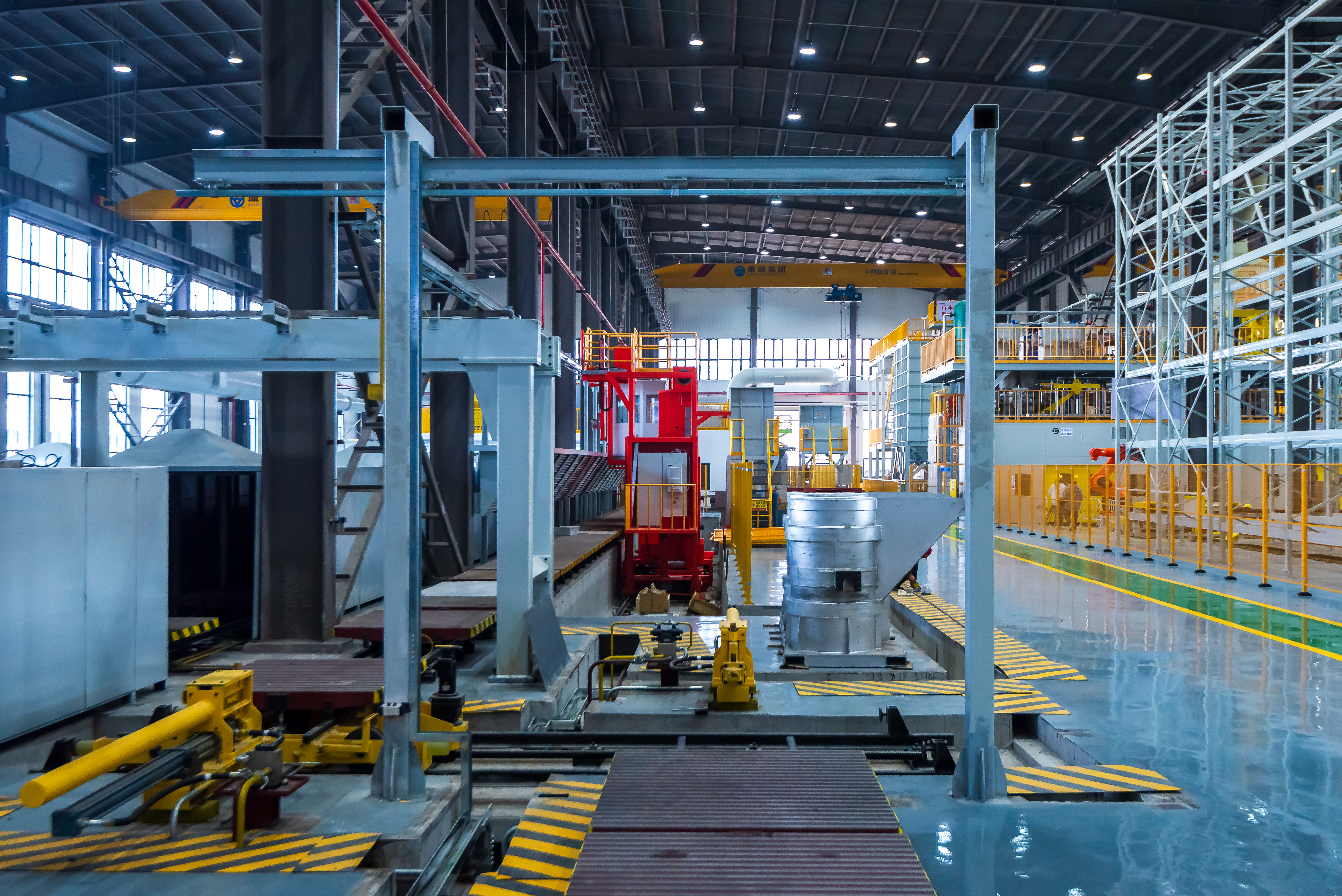black sand casting
Black sand casting represents a fundamental metalworking process that has been refined over generations, utilizing specially prepared black sand as the primary molding medium. This versatile manufacturing method involves creating precise molds from a mixture of silica sand, clay, and carbonaceous materials, which gives the sand its characteristic black color. The process begins with creating a pattern of the desired part, followed by packing the black sand mixture around it to form a mold cavity. The sand's unique composition provides excellent flowability and thermal stability, making it ideal for casting various metals, including iron, steel, and non-ferrous alloys. The presence of carbonaceous materials in the sand mixture creates a reducing atmosphere during casting, which helps prevent oxidation and improves surface finish. This process is particularly valued in manufacturing complex metal components with intricate geometries, where dimensional accuracy and surface quality are crucial. The method allows for the production of both small and large castings, ranging from automotive parts to industrial machinery components. Black sand casting has evolved to incorporate modern technologies while maintaining its cost-effectiveness and reliability, making it a cornerstone of modern foundry operations.


